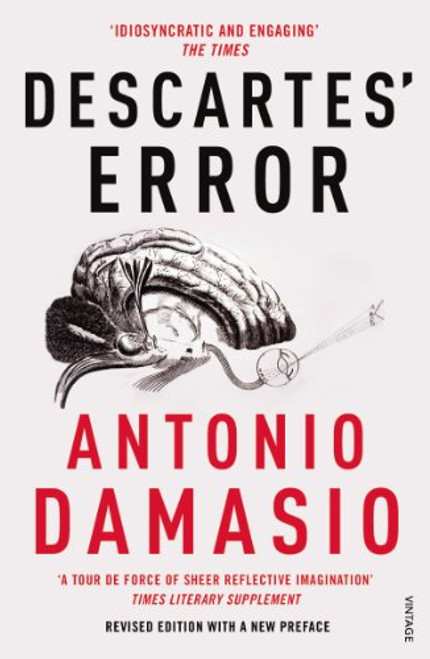A disturbing share of technological disasters are caused by incompatibilities between the way things are designed and the way people actually perceive, think, and act. Structurally sound aircraft plummet to the earth, supertankers run aground in calm weather, and the machines of medical science maim unsuspecting patients - - all because designers sometimes fail to reflect the characteristics of the user in their designs.
Designers and the public alike are realizing that many human' errors are more aptly named designed-induced' errors. Most consumers experience the frustration of using many new products; amusing stories about programming a VCR, operating a personal computer, or finding the headlight switch on a rental car are heard in everyday conversation. The problems consumers experience with modern everyday things are shared by the users of large-scale technologies where the consequences of design can go well beyond simple matters of inconvenience or amusement.
In the new second edition of Set Phasers on Stun' and Other True Tales of Design, Technology, and Human Error, noted designer and author Steven Casey has assembled 20 factual and arresting stories about people and their attempts to use modern technological creations. Although the operator or pilot usually gets blamed for a big disaster, the root cause can frequently be found in subtle characteristics of the device's human interface.' Technological disasters can often be traced directly to the interplay between people and the design of a device - - be it an airliner cockpit, the controls in an industrial plant, a spacecraft's instruments, a medical system, a nuclear reactor, or even a commercial dishwashing machine.
The most effective way to convey the consequences of design-induced human error is with a good story and just the right level of technical detail, and this is what Casey has done in his new book. As stated by Alphonse Chapanis, one of the founders of the human factors engineering discipline, Set Phasers on Stun is A tour de force. A collection of gripping and often alarming true stories meticulously documented and skillfully told about design-induced human errors. It should be required reading for all engineers and designers, and everyone else concerned about the ways our modern technological creations can affect our everyday lives. Skylab-4 astronaut Gerald Carr agrees: The book is ...an engrossing tour through the world of human susceptibility to subtle variations in environment and in design.











